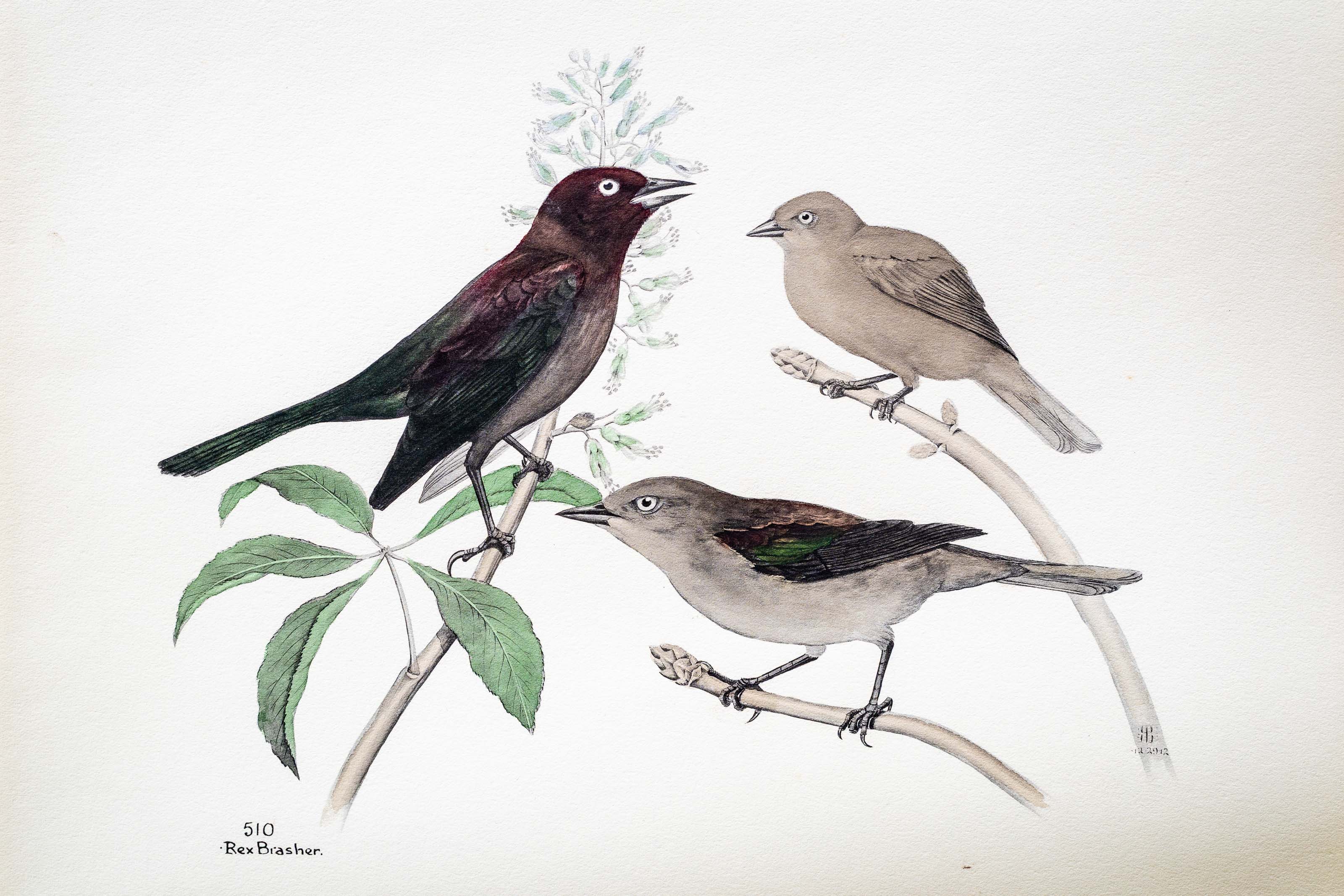
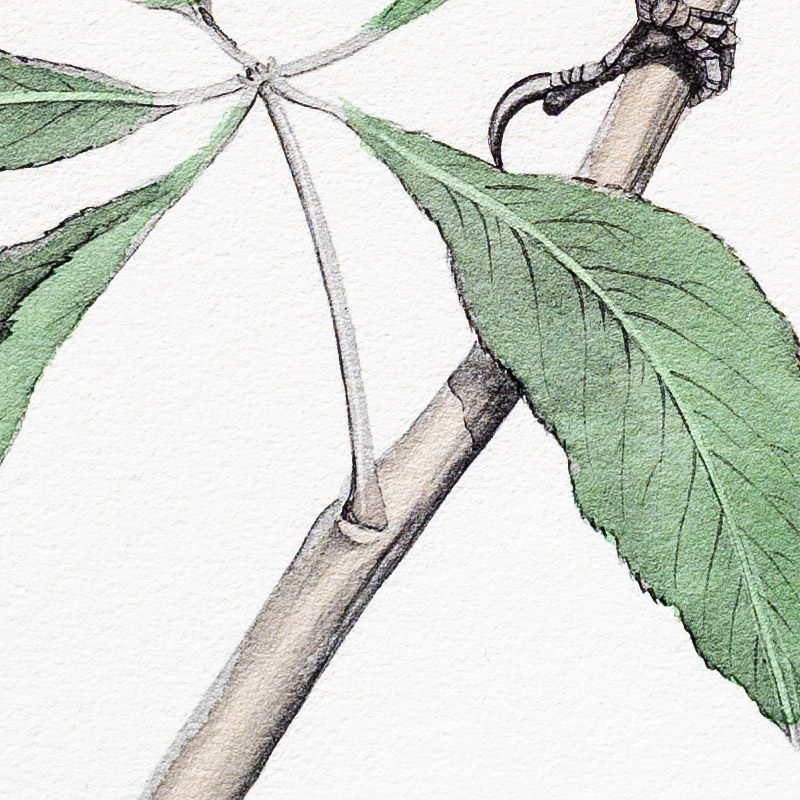
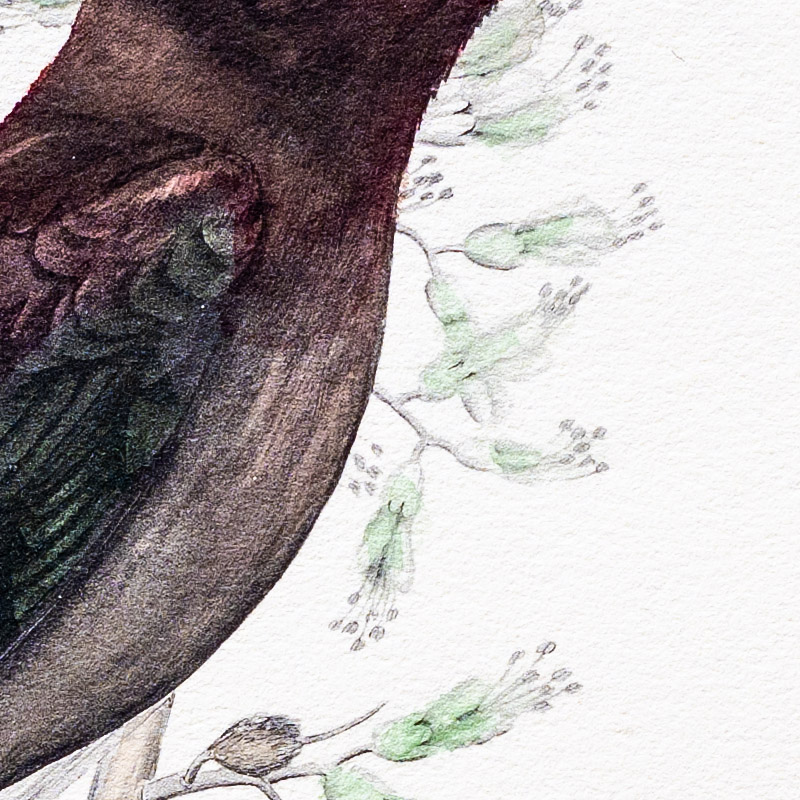
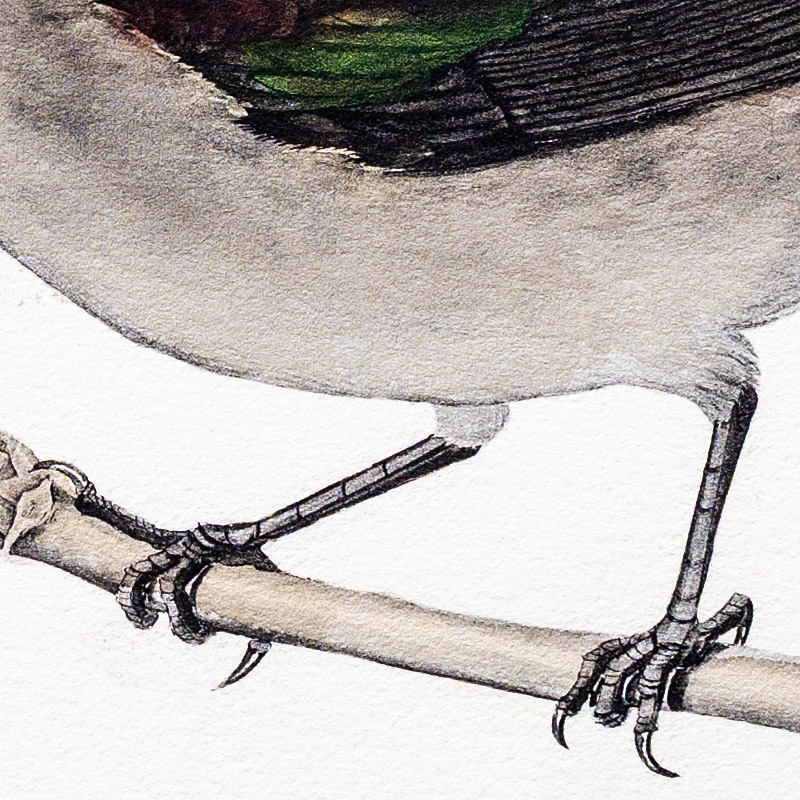
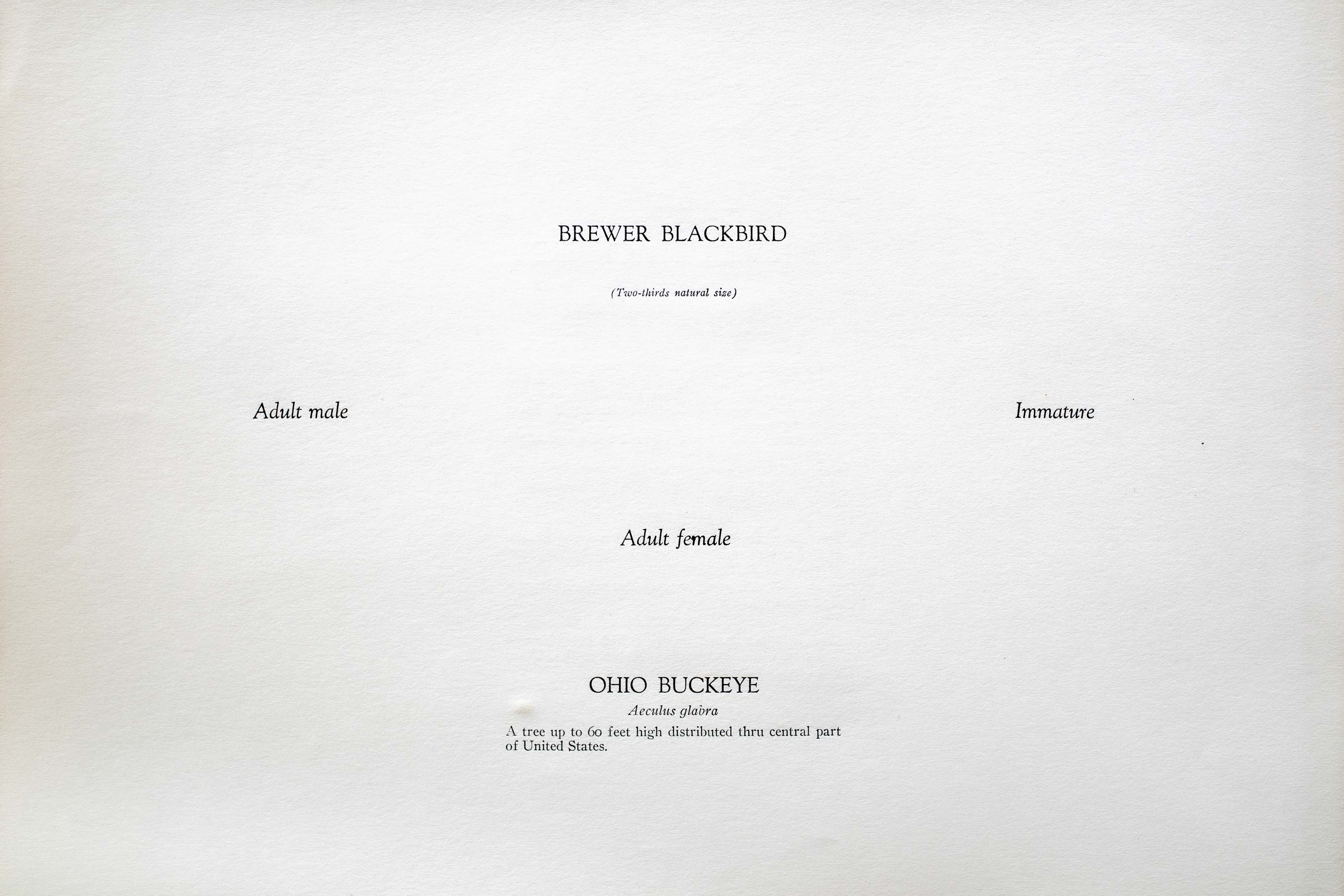


Unknown
1931
8
510
A team of dedicated board members, volunteers, and student interns has published every page in Volume 9. This volume includes 360 images of paintings and lyrical descriptions of birds, now available online for everyone to enjoy anywhere in the world. This is a monumental task. Each volume requires approximately 400 hours to photograph, edit, transcribe, catalog, and publish online. We need your support to complete this work.
If you're tech-savvy, have a good eye, are meticulous with details, and love structured data, please consider volunteering by emailing us at hello@rexbrasher.org.
We encourage all bird lovers and supporters to consider a monetary donation to support our mission to make Rex's work available for everyone. You can provide a one-time or recurring donation online.
Home-building is done in small groups of a dozen pairs or less. The iridescent, beautiful males seem to consider manual labor beneath their dignity and contribute only a hoarse series of love notes and the honor of their presence!
They become tame when unmolested, and are one of the common farmyard birds.
Cultivated fruits eaten are more than paid for by destruction of canker and other pests, particularly grubs turned up by the plow.
NEST: of weeds, bark and rootlets on a strong foundation of twigs and mud; located in low bushes; more rarely, 20 or 30 feet up in trees.
EGGS: 5–8; pale green or gray marked with erratic lines and spots of sepia.
Western North America from British Columbia and Manitoba, east to Mississippi valley and south to Texas and Lower California.
A tree up to 60 feet high distributed thru central part of United States.